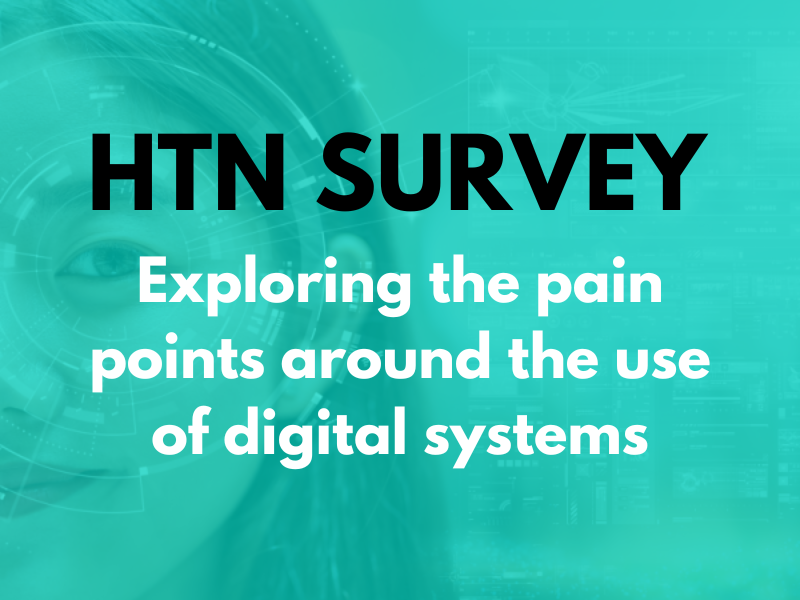The Royal Orthopaedic Hospital NHS Foundation Trust has selected InterSystems as its electronic patient record partner.
The trust is to work with InterSystems to design the system to progressively replace paper-based notes and separate databases with “secure, integrated, accessible digital records”. Implementation planning is now underway and the programme is set to begin in 2026.
Matthew Hartland, chief executive, ROH, said: “Selecting InterSystems as our EPR partner is an exciting step forward for our hospital. This partnership will give our teams the digital tools to enhance the outstanding care they deliver. We’re excited about the future and the potential a new EPR offers us to continue improving how we care for people.”
The trust added that “the procurement process involved extensive engagement with staff from across the hospital, including clinicians who participated in demonstrations, workshops and evaluations”.
In March 2024, HTN covered The Royal Orthopaedic Hospital NHS Foundation Trust’s latest strategy, running until 2028, highlighting the role of digital and data across areas including culture, patient empowerment, and streamlining operations, with the trust’s digital, data and technology plan described as “a vital enabler” in transforming services, enhancing productivity, and offering “truly patient-centred care”.
The strategy is split into a series of strategic objectives: care, expertise, people, community, services, and collaboration. The trust noted at the time the introduction of a new EPR will form part of the trust’s commitments to “use digital technology to improve the patient experience” and to leverage digital solutions to “promote better, faster, accessible, and equity driven health and care”.
Wider trend: electronic patient records
For a recent HTN Now session on the topic of EPRs now and in the future, we were joined by digital leaders including Sally Mole, senior digital programme manager – digital portfolio delivery team at The Dudley Group; Keltie Jamieson, CHIO at Bermuda Hospitals Board; and David Newey, digital health expert and executive CDIO. We heard in depth from our panel in terms of their EPR journey, sharing their approach, examples, challenges and lessons learned. We went on to discuss the current position with EPRs, the opportunity, and the current need. Looking ahead, we discussed what the future of EPRs looks like in the short, medium and longer term.
A digital and data roadmap to 2028 from the Countess of Chester Hospital NHS Foundation Trust has outlined key updates, launches, and procurements, including EPR optimisation, AI pilots, and a LIMS solution. A new digital strategy is also in development and expected to be published in 2025/26. For 2025/26, focuses will include an EPR upgrade, rollout of Windows 11, the deployment of virtual desktop infrastructure, eRS integration, patient flow system review, ophthalmology EPR procurement, and the procurement of a voice recognition solution. The digital strategy will be launched, and AI work will be undertaken with pilots across Copilot, ambient voice, and clinical coding, with AI-assisted waiting list validation also to be explored.
Hull University Teaching Hospitals NHS Trust and Northern Lincolnshire and Goole NHS Foundation Trust are moving forward on a group EPR, with a preferred supplier to be named on 30 November and a contract due to be signed in January 2026. A proposed timeline is for an initial review of the draft full business case on 13 November, followed by approval for submission to NHSE’s EPR investment board, with the supplier to be named on 30 November and the signing of a contract by 30 January.
Manchester University NHS Foundation Trust’s board has shared plans to update the forecasted net financial benefit of its Hive EPR from £340 million as listed at the business case stage, to £390 million. Alongside this increase, the trust highlights a series of planned EPR improvements and integrations, as well as upcoming work with NHS England as part of a review of productivity increases following EPR adoption.







